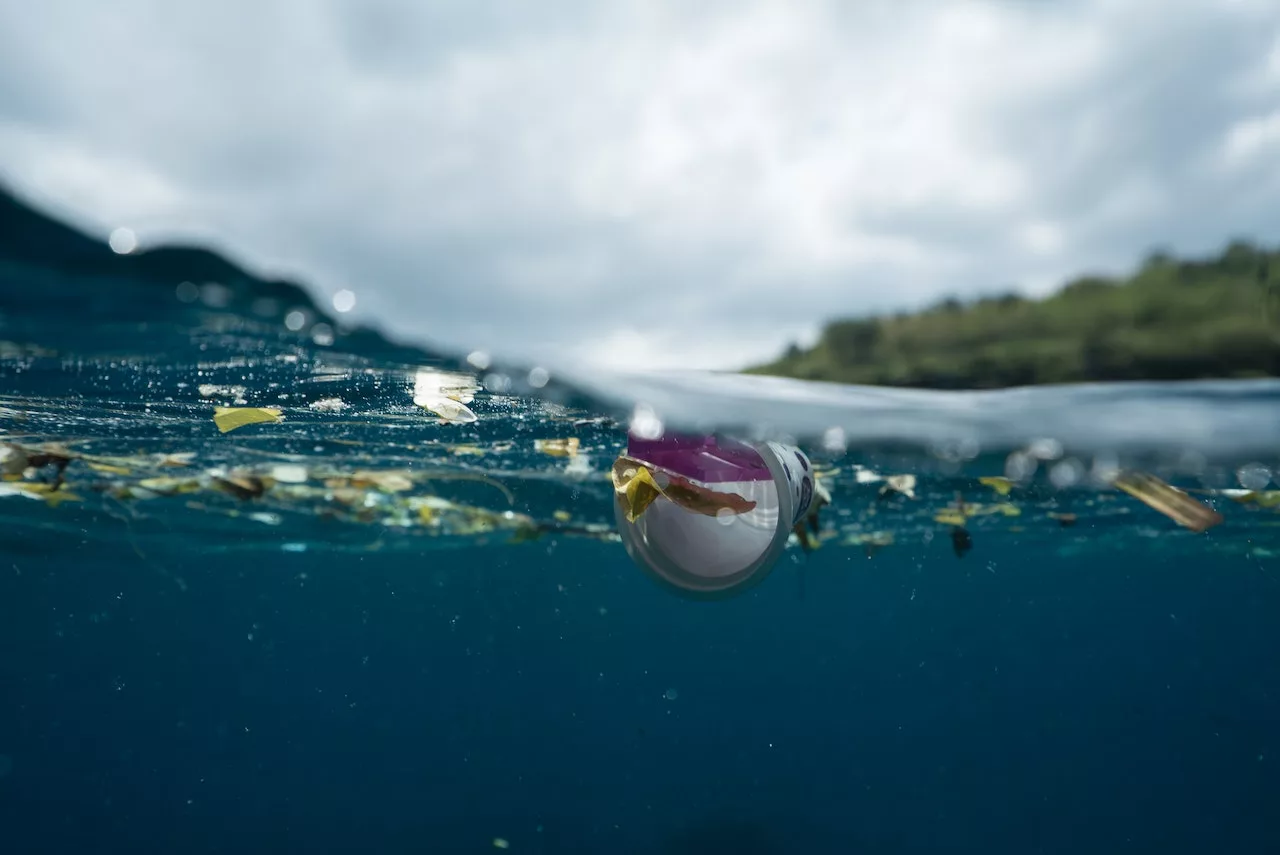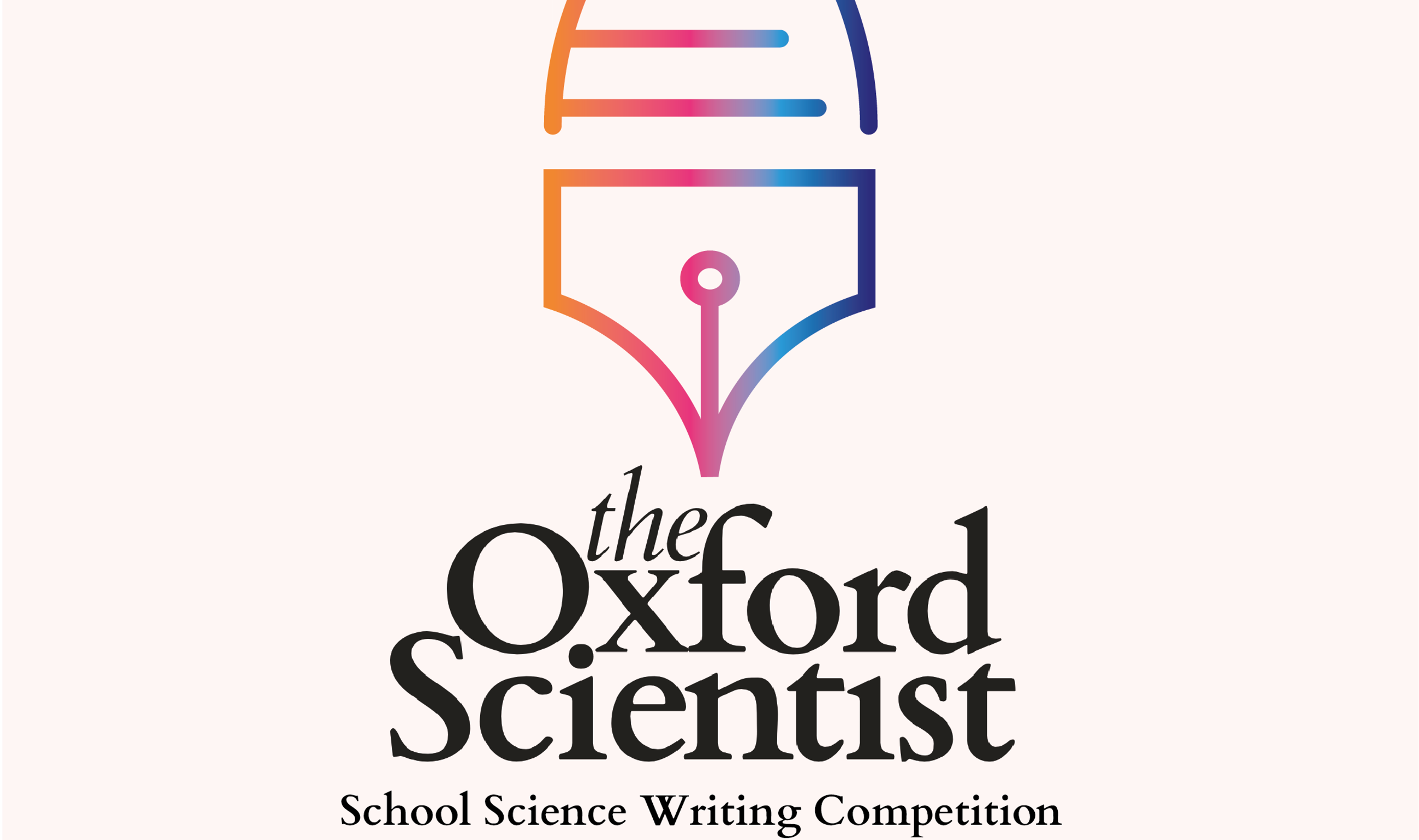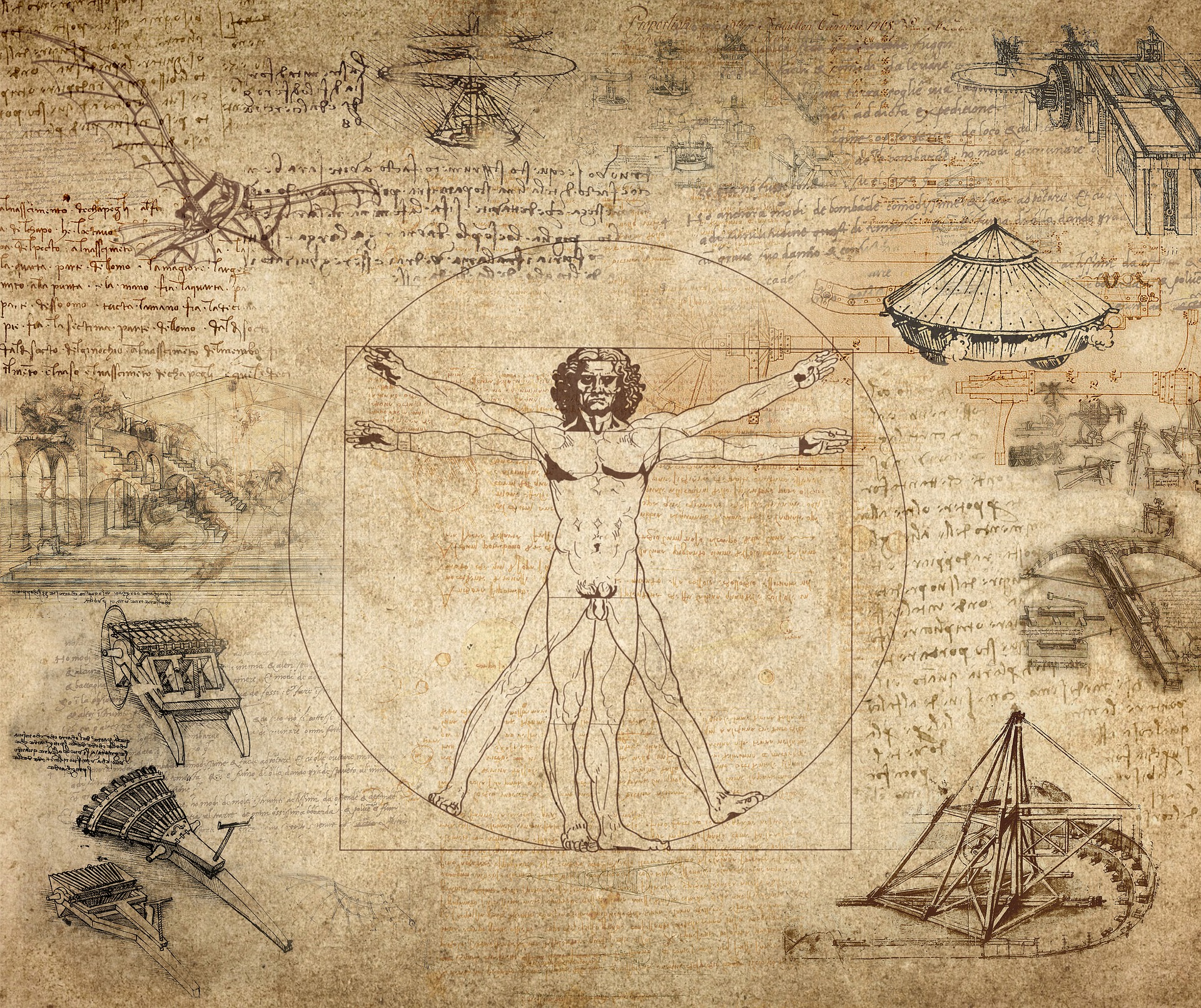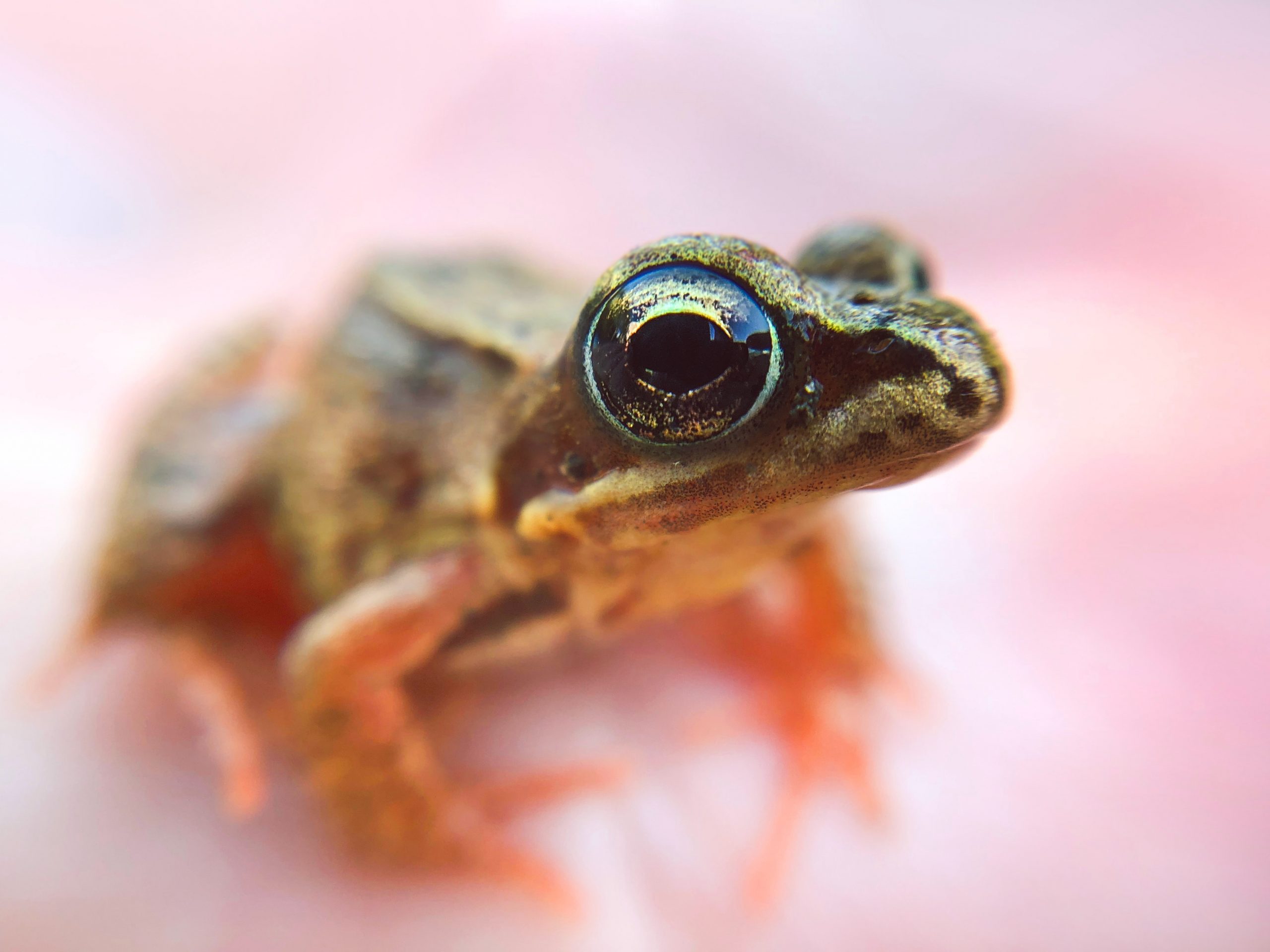Lucy Kelly, Year 12, Barton Peveril College
Perhaps for many young people today, science is seen as a rigid and formula-abiding subject, for which there is little room for creative liberty. In reality, creativity lies within the heart of science, just as it is of music, art and literature. The development of fresh scientific ideas must both be new and useful – values that are at the core of creativity. Yet, we must question, is there a difference between the creative minds of such figures as Albert Einstein or Ernest Hemingway?
The creative process has been cut down into four stages by social psychologist Graham Wallas in his 1926 book The Art of Thoughts. He suggests that the process begins with preparation, such as acquiring materials, identifying sources of inspiration, and gathering information about the specific problem or project. This step is followed by the incubation period, which allows the creative mind to bubble upon the knowledge obtained in the previous stage. The illumination process comes next, which can sometimes be referred to as the Eureka moment; often appearing out of nowhere, the answer to the problem presents itself. The final stage is the verification, the solution is typed out and published, or sketched out on canvas – the way the idea is presented differs, but the fundamental idea of creativity remains the same.
If the creative process remains the same regardless of the outlet of the solution, why is it then that the significance of creativity in science is so often overlooked?
American psychologist and neuroscience professor Rex Jung argues that one of the main factors for why scientific creativity is so under-appreciated is because it is so often taken for granted. This is due to the fact that scientific advances are much more ‘tangible and real,’ compared to the more artistic outlets, such as poetry or pottery. He claims that scientific work seems less original, as their work builds on top of the findings of their predecessors, and theirs before them, leading the result to be a tower, seemingly void of unique creativity.
Admittedly, this type of ideology can be clearly seen throughout the majority of society today. Does anyone applaud the creativity of scientific innovations, such as the invention of a smart cane that detects objects above chest level and pairs with apps, or of a tablet that can fold in half? It appears that we have become numb to the striking scientific and technological inventions that have appeared throughout the past year. Is this because we have become expectant that these objects would be invented, due to the common use of future technology in films and media? Is this a result of the fact that these inventions seem much more attainable and ‘real’ as Jung suggests? Or is our lack of appreciation truly rooted in the fact that we do not understand the depths of the work, consideration and talent that goes into these scientific inventions?
If the latter is the case, we must attempt to begin to understand the stages involved in some of these scientific inventions. For example, the smart cane, developed by Kursat Ceylan, was initially designed as Ceylan, who is blind, walked into a pole and cut his forehead as his previous cane was unable to detect the object in front of him. Ceylan was presented with a problem and he thought about multiple ways to rectify it until, eventually, he designed a solution that could be used to help the 250 million visually impaired people across the globe. Although we initially may not view the cane as an incredibly creative invention, it is clear that the process of its creation involved all of the steps of creative processing.
Despite the fact that it is unlikely that scientists will ever receive the creative recognition for their technologies and discoveries, it is clear that a creative mindset is placed deep within the core of science. It is not a subject that is confined to formulas, or that should be compared to a toppling tower, but rather a piece of unfinished artwork that generations upon generations will work to perfect. Whilst intelligence, motivation and talent are all key factors in the success of scientific discoveries, creativity is also a dominant link in the chain.
Year 12-13 category winner for the Schools Science Writing Competition, Hilary Term, 2021
Image credit: Lucas Benjamin via Unsplash





